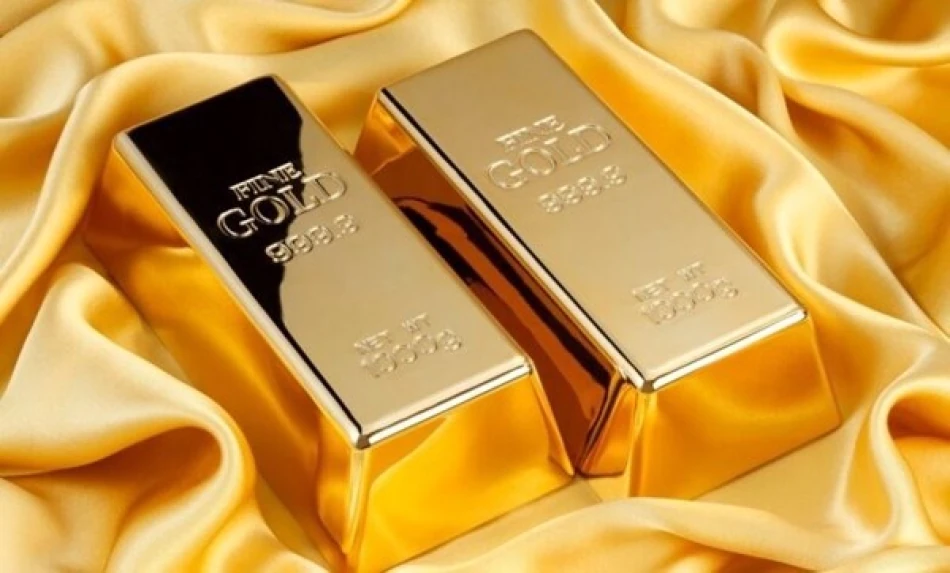
Gold Prices Remain Steady, Offering Stability in Uncertain Times
Gold Treads Water as Dollar Strength Weighs on Precious Metals
Gold prices remained largely unchanged Thursday, with spot prices slipping marginally as a modest uptick in the U.S. dollar made the precious metal more expensive for international buyers. The sideways movement reflects ongoing uncertainty about Federal Reserve policy and global economic conditions that continue to shape precious metals markets.
Market Performance Snapshot
As of 03:58 GMT, spot gold declined 0.2% to $3,339.97 per ounce, while U.S. gold futures for December delivery also fell 0.2% to $3,382.40. The dollar index gained 0.1%, creating headwinds for gold by making it costlier for holders of other currencies.
The broader precious metals complex followed gold's lead, with silver dropping 0.1% to $37.85 per ounce in spot trading. Industrial metals platinum and palladium faced steeper declines, falling 0.4% to $1,334.58 and 0.5% to $1,108.84 respectively.
Dollar Dynamics Drive Trading Sentiment
The modest dollar strength appears to be the primary factor keeping gold in check. Even small movements in the greenback can significantly impact gold demand, as approximately 60% of global gold trading occurs in dollars. When the dollar rises, it effectively increases the cost of gold for buyers using euros, yen, or other currencies, naturally dampening demand.
Historical Context for Current Levels
Gold's current price levels reflect the metal's continued role as a hedge against economic uncertainty, though the lack of dramatic movement suggests markets are in a wait-and-see mode. The precious metal has historically performed well during periods of currency debasement and geopolitical tension, factors that remain present in today's global landscape.
Industrial Metals Signal Broader Economic Concerns
The steeper declines in platinum and palladium compared to gold highlight different market dynamics. Both metals serve dual roles as precious metals and industrial commodities, with significant demand from automotive manufacturing for catalytic converters. Their underperformance relative to gold may signal concerns about global manufacturing activity and automotive sector demand.
Investment Implications
For precious metals investors, the current consolidation phase presents both opportunities and challenges. The relatively stable pricing suggests that major market disruptions aren't immediately anticipated, but the persistent safe-haven demand keeps gold well-supported above key technical levels.
Portfolio managers viewing precious metals as portfolio insurance may find current levels attractive for gradual accumulation, particularly given ongoing concerns about inflation and currency stability across major economies. However, those seeking rapid gains may need to wait for clearer catalysts to emerge from central bank policies or geopolitical developments.
Most Viewed News

 Layla Al Mansoori
Layla Al Mansoori






